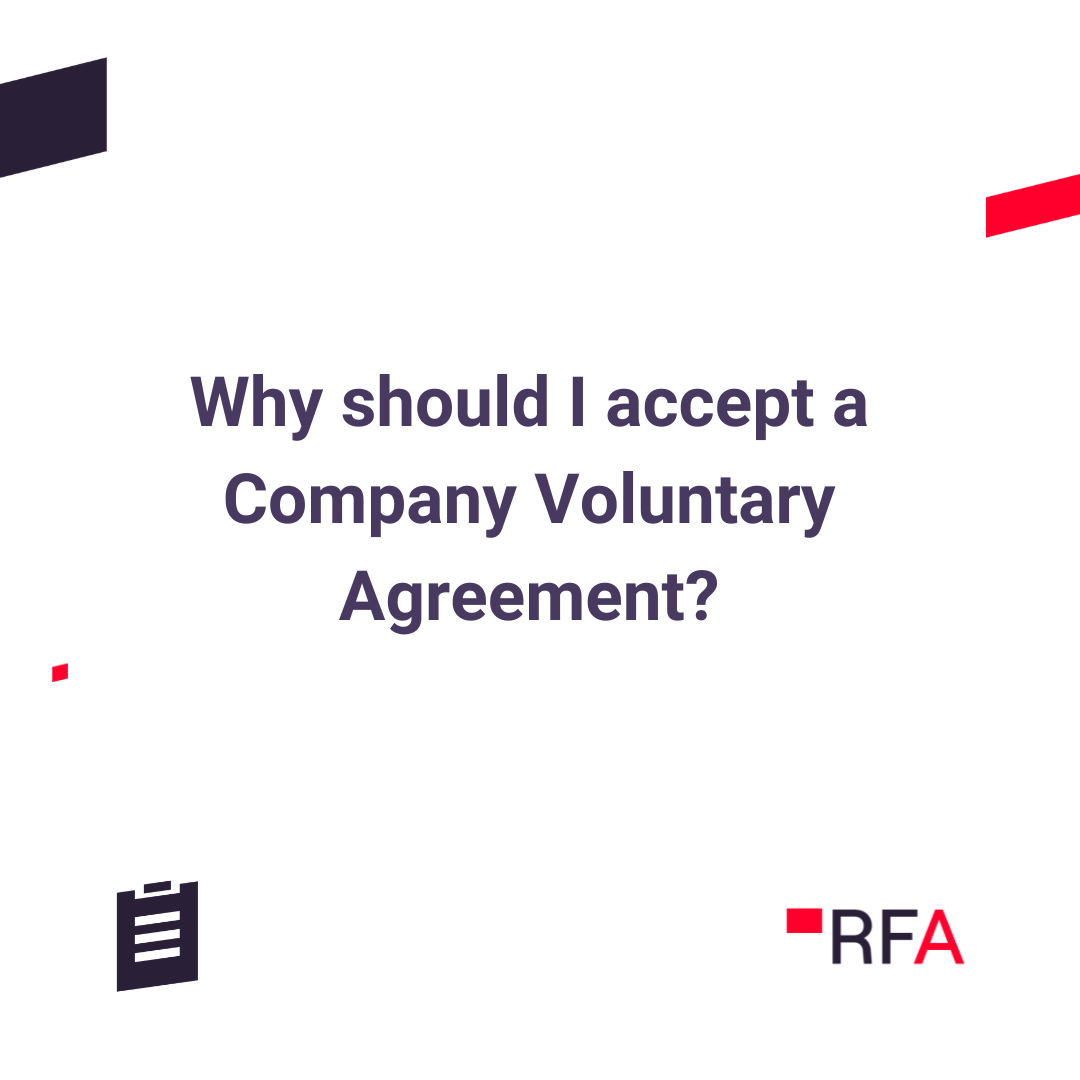Value of the First Gazette Notice in Compulsory Strike Off
Wiki Article
A Comprehensive Overview to the Compulsory Strike Off Treatment in Corporate Governance
Navigating the intricate landscape of corporate administration calls for an eager understanding of the treatments that control the dissolution of entities. The required strike off procedure, a vital aspect in corporate governance, functions as a system to impose conformity and preserve the stability of business atmosphere. As organizations develop and scenarios modification, the requirement to strike off a business may occur for numerous factors. Discovering the complexities of this process, including the lawful effects, step-by-step actions, and post-strike off factors to consider, supplies important insights for stakeholders looking for to browse the complexities of company administration.
Factors for Compulsory Strike Off
There are several crucial factors that may motivate the initiation of a compulsory strike off treatment for a firm. Non-compliance with governing requirements can raise problems concerning the company's procedures and monetary wellness, leading to the choice to strike off the company from the register.In addition, companies that have actually stopped trading or are no longer performing any type of company activities might likewise encounter required strike off. This might be due to bankruptcy, mergings, or simply a choice to end up the company. In such cases, preserving the firm on the register would certainly offer no objective and could potentially develop confusion amongst stakeholders.
Inevitably, the need of a required strike off in business governance arises when a firm is no longer running in accordance with the legislation or has actually become inoperative, requiring its elimination from the official records.
Legal Ramifications and Risks
Given the scenarios that prompt a compulsory strike off in company governance, it is crucial to comprehend the legal implications and threats linked with such activities. When a business is struck off the main register, it stops to exist as a lawful entity.Additionally, there are legal repercussions for individuals involved in the management of a business that has been by force struck off. They may be disqualified from serving as directors in the future, face penalties, or even jail time if misconduct or deceptive activities are discovered. Furthermore, the reputational damages from a required strike off can have long lasting impacts on people and their capability to involve in future business endeavors. Comprehending these lawful effects and threats is important for all stakeholders entailed in the business administration process to browse possible mistakes and ensure compliance with the regulation.
Action In the Strike Off Process
Launching the mandatory strike off procedure in company administration includes a collection of recommended steps laid out by regulative authorities. The initial step commonly calls for the firm to send a formal application or notice to the pertinent government agency or registrar signaling its intent to be struck off the main register. Ultimately, the business is frequently called for to settle any kind of outstanding obligations, debts, or tax obligations to make sure conformity with regulatory demands.As soon as the initial documentation is submitted and monetary obligations are satisfied, the regulative body will certainly release a notification in the main gazette or a comparable magazine to notify stakeholders regarding the upcoming strike off - what is compulsory strike off. This notification functions as a last opportunity for any type of interested parties to increase objections or existing legitimate reasons why the business should not be dissolved
Adhering to the publication of the notification, the governing authority will wage the strike off procedure if no substantial objections or obstacles occur. The company will certainly after that be formally liquified, and its name will certainly be eliminated from the register, properly noting the conclusion of the obligatory strike off procedure in business governance.
Files Needed for Strike Off
In compliance with regulative guidelines, certain paperwork must be supplied to promote the strike off process in business administration. The called for files see generally consist of a formal application for strike off, which needs to be finished precisely and submitted to the relevant regulatory authority. Furthermore, financial statements, such as the company's most current balance sheet, should be included to make certain that all economic responsibilities have actually been settled prior to launching the strike off treatment. A declaration of solvency or a declaration confirming that the company has no superior obligations is usually mandated to show that the entity can be liquified without causing damage to its creditors. Any kind of needed authorizations from investors or board members must be recorded and confined with the application. It is crucial to make certain that all the requisite documents is diligently ready and submitted based on the suggested guidelines to accelerate click the strike off procedure properly. Failure to provide the necessary documentation might lead to delays or problems in the dissolution of the firm.Post-Strike Off Considerations and responsibilities
Adhering to the conclusion of the needed documentation for strike off, focus shifts to the post-strike off obligations and considerations that are crucial in the corporate administration process. Once a company has been struck off the register, it is important to guarantee that all remaining properties are managed properly. This consists of distributing any type of staying funds among investors and working out any exceptional debts or responsibilities. In addition, business directors should guarantee that all tax obligation obligations are fulfilled, last employee payments are made, which all required filings are finished with pertinent regulative bodies.
Final Thought
To conclude, the required strike off treatment in company governance acts as a required mechanism to basics eliminate inoperative companies from the register. Understanding the reasons, legal effects, actions, and documents needed for strike off is critical for conformity with regulatory demands. It is essential for business to accomplish their post-strike off obligations and consider the effects of this process in order to keep great standing and stay clear of possible risks.
There are several key reasons that may prompt the initiation of a compulsory strike off treatment for a business (what is compulsory strike off). Non-compliance with governing demands can elevate concerns about the firm's operations and financial health, leading to the decision to strike off the company from the register

Report this wiki page